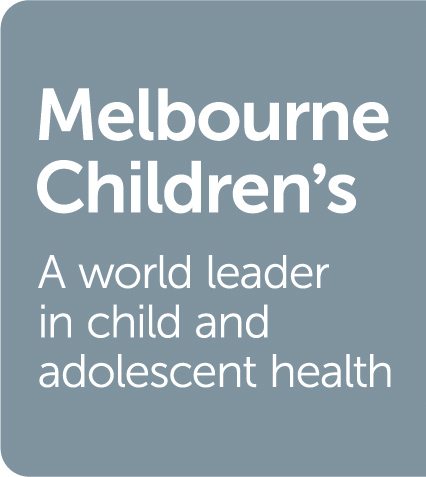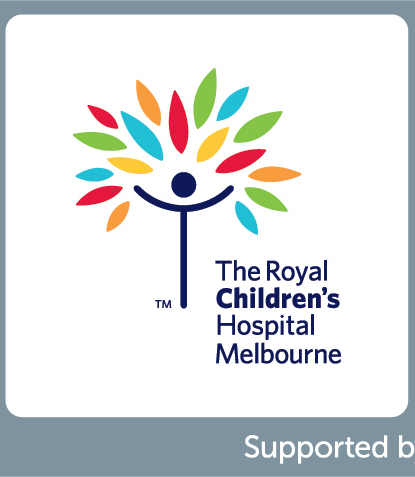VIHCS: Mental health and behaviour problems
| Relevant LifeCourse Constructs | Year | 2006-2013 | 2006-2013 | 2007-2014 | 2015-2021 | 2021-Ongoing |
|---|---|---|---|---|---|---|
| Wave | Antenatal | Postnatal | Infancy | Childhood | Adolescence | |
| Age | 28-41 weeks gestation | 4-31 weeks | 50-77 weeks | 96-114 months | 15-18 years | |
| N | 806 | 877 | 975 | 878 | in progress | |
| Abusive behaviour | ||||||
| Adjustment disorder | ||||||
| Aggressive behaviour | ||||||
| Antisocial behaviour | ||||||
| Anxiety | P:CIS-R M P:GHQ F | P:PBQ M | P:PBQ M | S:SCAS:b I S:SCARED-b I | ||
| Attachment behaviour | P:MFAS M | P:PBQ M | P:PBQ M | S:IPPA-Peer I | ||
| Conduct disorder | P:SDQ I T:SDQ I | P:SDQ I | ||||
| Defiant behaviour | ||||||
| Delinquent behaviour | S:SRED I | |||||
| Depression | P:CIS-R M P:EPDS M P:GHQ F | P:EPDS M | P:EPDS M | S:SMFQ I P:GHQ-12 P | P:GHQ-12 P | |
| Disturbance of attention | ||||||
| Eating disorder | S:KEDS I | S:KEDS I S:BET I | ||||
| Emotional adjustment | P:SATI I | P:SATI I | ||||
| Emotional problems | P:SDQ I T:SDQ I | P:SDQ I | ||||
| Fussy infant | P:STST I | |||||
| Health seeking behaviour | S:GHSQ I | |||||
| Hyperactive behaviour | P:CIS-R M | P:STST I | P:SDQ I P:SATI I T:SDQ I | P:SDQ I | ||
| Mania | ||||||
| Mental illness | P:CIDI-v2.1-SRD P P:CIDI-v2.1-A P S:MINI-KID I | |||||
| Obsessive compulsive behaviour | P:CIS-R M | |||||
| Panic attack | P:CIS-R M | S:SCAS:b I | ||||
| Pervasive developmental disorder | ||||||
| Phobia | P:CIS-R M | |||||
| Posttraumatic stress disorder | ||||||
| Psychosis | ||||||
| Psychosocial functioning | P:SDQ I P:GHQ-12 P T:SDQ I | S:IYDS I P:SDQ I P:GHQ-12 P | ||||
| Self-harm | ||||||
| Separation anxiety | S:SCAS:b I | |||||
| Social behaviour | P:SATI I | |||||
| Social phobia | S:SCAS:b I | |||||
| Somatic syndrome | P:CIS-R M P:GHQ F | S:CATS I 1 | ||||
| Stress | ||||||
| Suicidal thoughts | S:SSI I | |||||
| Tics | ||||||
Featured measurements
- BET
-
: Branched Eating Disorder Test - CATS
-
: Child to Adult Transition Study-devised measure - CIS-R
-
: Clinical Interview Schedule – Revised - CIDI-v2.1-A
-
: Composite International Diagnostic Interview - Core version 2.1-Disorders resulting from the use of alcohol - CIDI-v2.1-SRD
-
: Composite International Diagnostic Interview - Core version 2.1-Substance-related disorders - EPDS
-
: Edinburgh Postnatal Depression Scale - GHQ
-
: General Health Questionnaire - GHQ-12
-
: General Health Questionnaire - 12 item version - GHSQ
-
: General Help-Seeking Questionnaire - IYDS
-
: International Youth Development Study-devised measure - IPPA-Peer
-
: Inventory of Parent and Peer Attachment - Peer Attachment - KEDS
-
: Kids' Eating Disorders Survey - MFAS
-
: Maternal-Fetal Attachment Scale - MINI-KID
-
: Mini International Neuropsychiatric Interview for Children and Adolescents - PBQ
-
: Postpartum Bonding Questionnaire - SSI
-
: Scale for Suicidal Ideation - SATI
-
: School Aged Temperament Inventory - SCARED-b
-
: Screen for Child Anxiety Related Disorders (brief) - SRED
-
: Self-Report Early Delinquency Instrument - SMFQ
-
: Short Mood and Feelings Questionnaire - STST
-
: Short Temperament Scale for Toddlers - SCAS:b
-
: Spence Children's Anxiety Scale: Brief - SDQ
-
: Strengths and Difficulties Questionnaire
Notes
1
Items used in CATS, but adapted from Machester studies by Danielle van der Windt
Legend
- B
= Biosample collected- BA
= Biosample analysis- G
= Grandparent(s) completed questionnaire- L
= Data linkage- N
= Nurse completed questionnaire- O
= Observation or direct assessment- Of
= Offspring completed questionnaire- P
= Parent/guardian completed questionnaire- Pe
= Peer completed questionnaire- R
= Records abstraction- S
= Self (primary participant) completed questionnaire- T
= Teacher completed questionnaire- X
= Other source- X F
-
= Pertains to father - X Fam
-
= Pertains to family - X G
-
= Pertains to grandparent(s) - X I
-
= Pertains to primary participant - X IP
-
= Pertains to partner - X M
-
= Pertains to mother - X O
-
= Pertains to offspring - X P
-
= Pertains to parent/guardian(s) - X Pe
-
= Pertains to peers - X Si
-
= Pertains to sibling(s) - X T
-
= Pertains to teacher(s) - X X
-
= Pertains to other reportees
Metadata presented by LifeCourse provides a crucial first step in understanding the available data across studies. It does not take the place of detailed study documentation, which should always be consulted during design and analysis.



